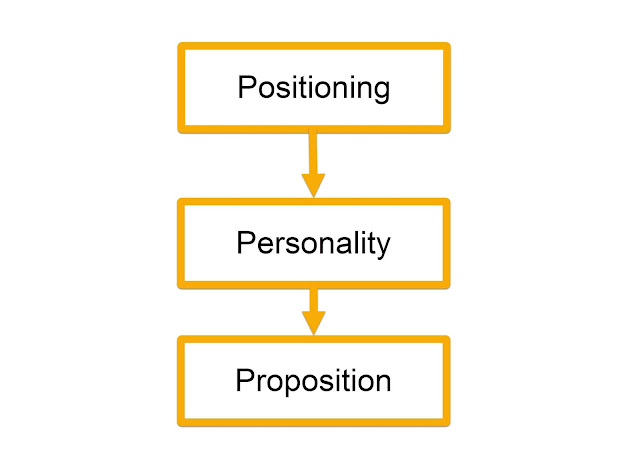Some marketing campaigns are designed primarily to influence consumers' cognition and attitudes in order to anticipate the impact of advertising on their behavior. Meanwhile, when a new product is about to be launched, the main target of marketing communication is generally to create a certain awareness and belief in the product.
Marketers also drive publicity for the new product, and seek a positive brand image. These cognitions are intended to influence later sales behavior. Before designing a communication strategy, marketers define specific goals and budgets.
The long-term goal of a communication strategy is usually to influence consumer behavior, particularly store patronage and brand buying. In fact, marketing communication is often designed to influence the purchase of a particular brand directly and immediately.
Integrated marketing communication
Integrated communication is carried out in full, if it has been identified one by one the core messages that lead to one big creative idea and are implemented in all fields. Integrated communication can be maintained from time to time if in its development the campaign is deemed appropriate according to the circumstances and characteristics of existing product brands.
For example, car rental company Alvis's “We're Trying Better” marketing campaign ran for several years, and the consideration of its elements over that time span demonstrates the consistency of a clearly controlled and carefully controlled approach. Alvis effort turned out to be quite successful.
Every time we meet our target audience it is always said that “We are only number two in the world, so we will continue to make extra efforts to win and keep your business.
Integrated communication hierarchy for marketing
In the consumer market, Levi's Jeans have also been able to build an image in the minds of customers. The communication carried out by Jeans Levi's, whether through advertisements in various mass media (TV, radio, newspapers, and magazines), promotions at department stores, as well as through other techniques, always conveys the same core message. This communication model will be easy to understand whenever we see and hear it.
In integrating various brand and company campaigns, these three things become important benchmarks for companies. Anything done in brand and company campaigns as well as when sending messages must refer to the hierarchy above.
If the company believes it will fit the description made for each of these levels, then the company can pass the first test. At this point, the company already has integration at the intellectual level. Next the company should examine the proposed deployment to make sure it looks and feels like a brand.
These more physical elements represent the second test. Both tests must be applied to each aspect of brand and company campaigns. In small companies, in carrying out this oversight, they are often tempted to rely on their own opinions.
This strategy does not seem right, because those who are able to say that the proposed activities are correct and according to the nature of the brand are prospective customers. Companies can be and are able to stay in the top position, because even relatively small number of investors for market research can achieve significant profits.
All marketing communication have the same goal, which is to convey a specific message to a clearly identified target audience. This requires that every company or brand must know the hierarchy of marketing communication.

